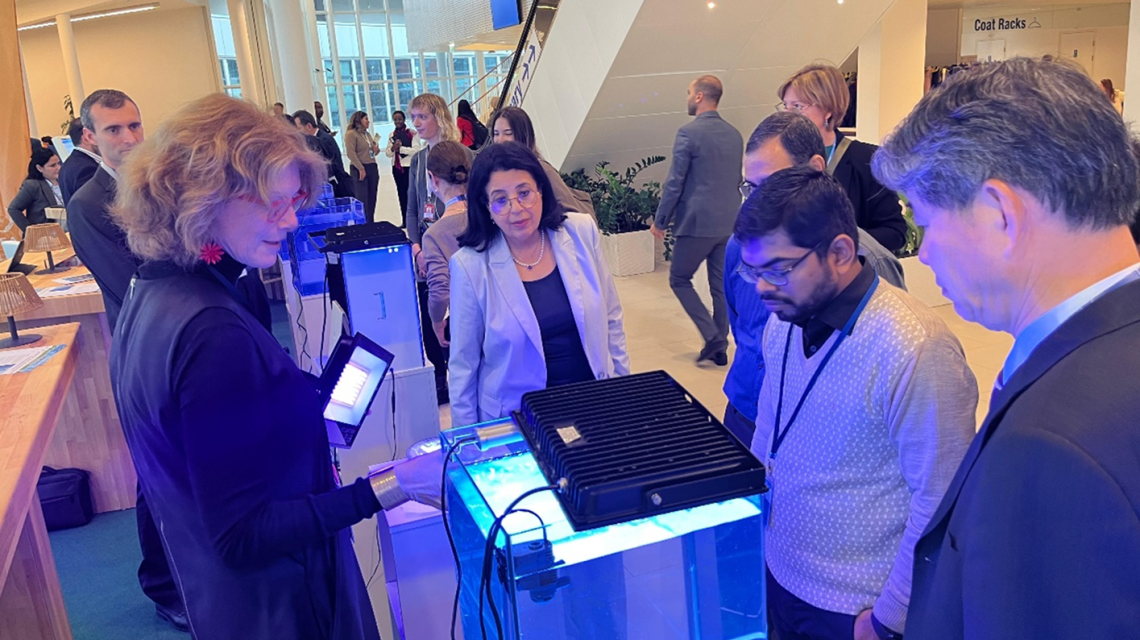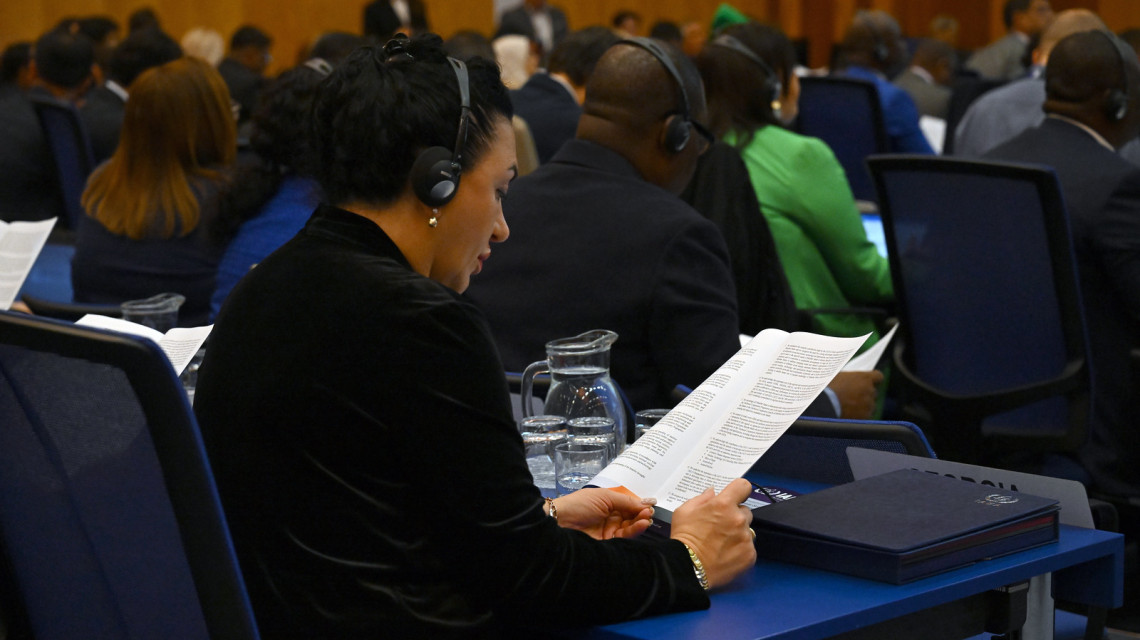In November 2024, the IAEA hosted the Ministerial Conference on Nuclear Science, Technology and Applications and the Technical Cooperation Programme, jointly organized by the Departments of Technical Cooperation and Nuclear Sciences and Applications. The event brought together ministers, senior officials and policymakers from over 120 countries to address global challenges in health, food safety and security, water resource management and climate change through the application of nuclear techniques.
Over 1400 national representatives attended the Ministerial Conference, held from 26 to 28 November, including at least 50 high-level officials and ministers. Following opening remarks delivered by the IAEA Director General Rafael Mariano Grossi and by the Conference co-chairs Kai Mykkänen, Minister of Climate and the Environment of Finland, and Kwaku Afriyie, Minister for Environment, Science, Technology and Innovation of Ghana, delegates unanimously adopted a declaration recognizing the unique contribution of nuclear science, technology and applications to the global efforts addressing current and evolving challenges.
The declaration underscored the synergies between the IAEA’s technical cooperation efforts and nuclear science, technology and applications, demonstrating how, when combined, they drive transformative impact.








